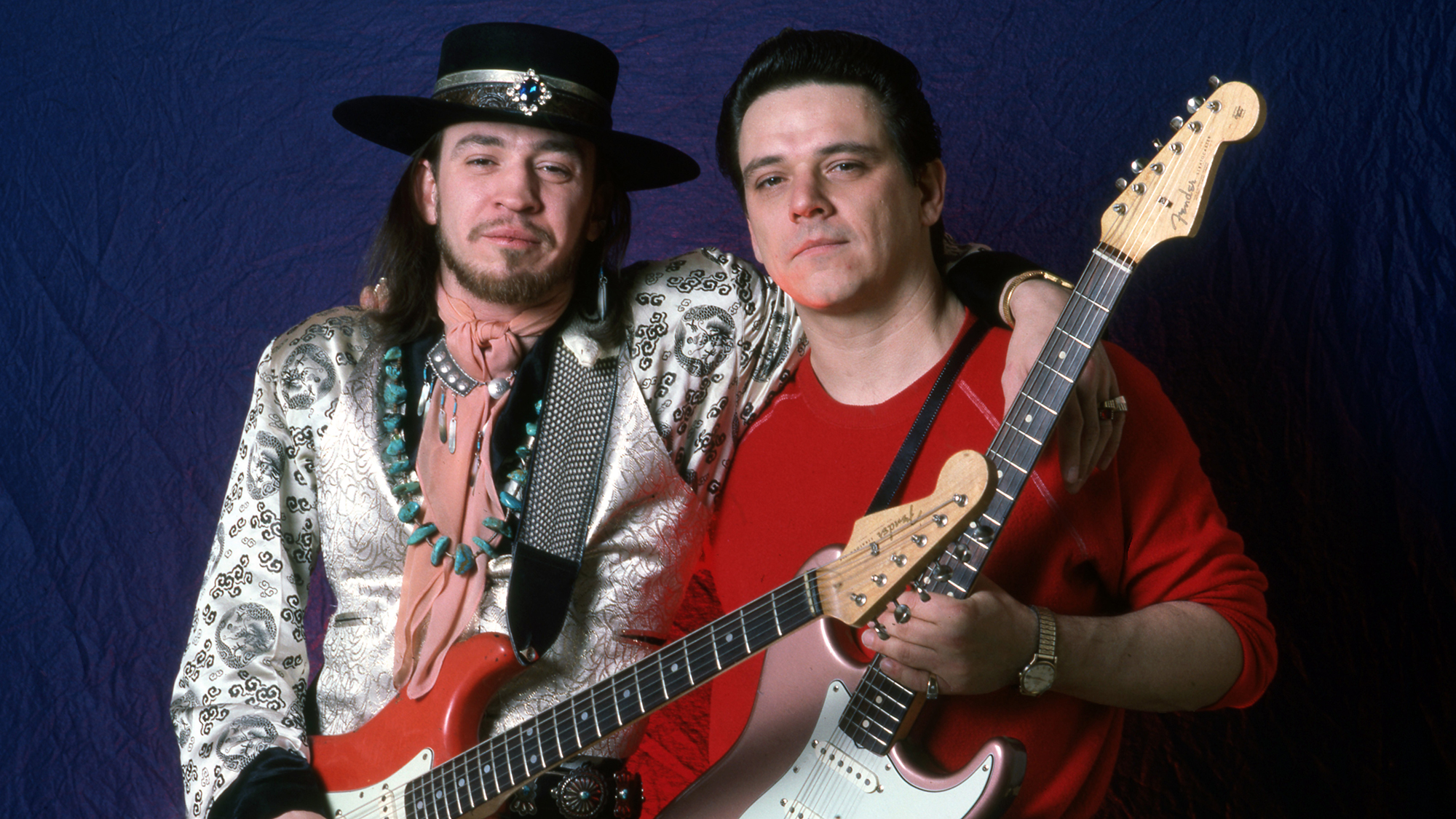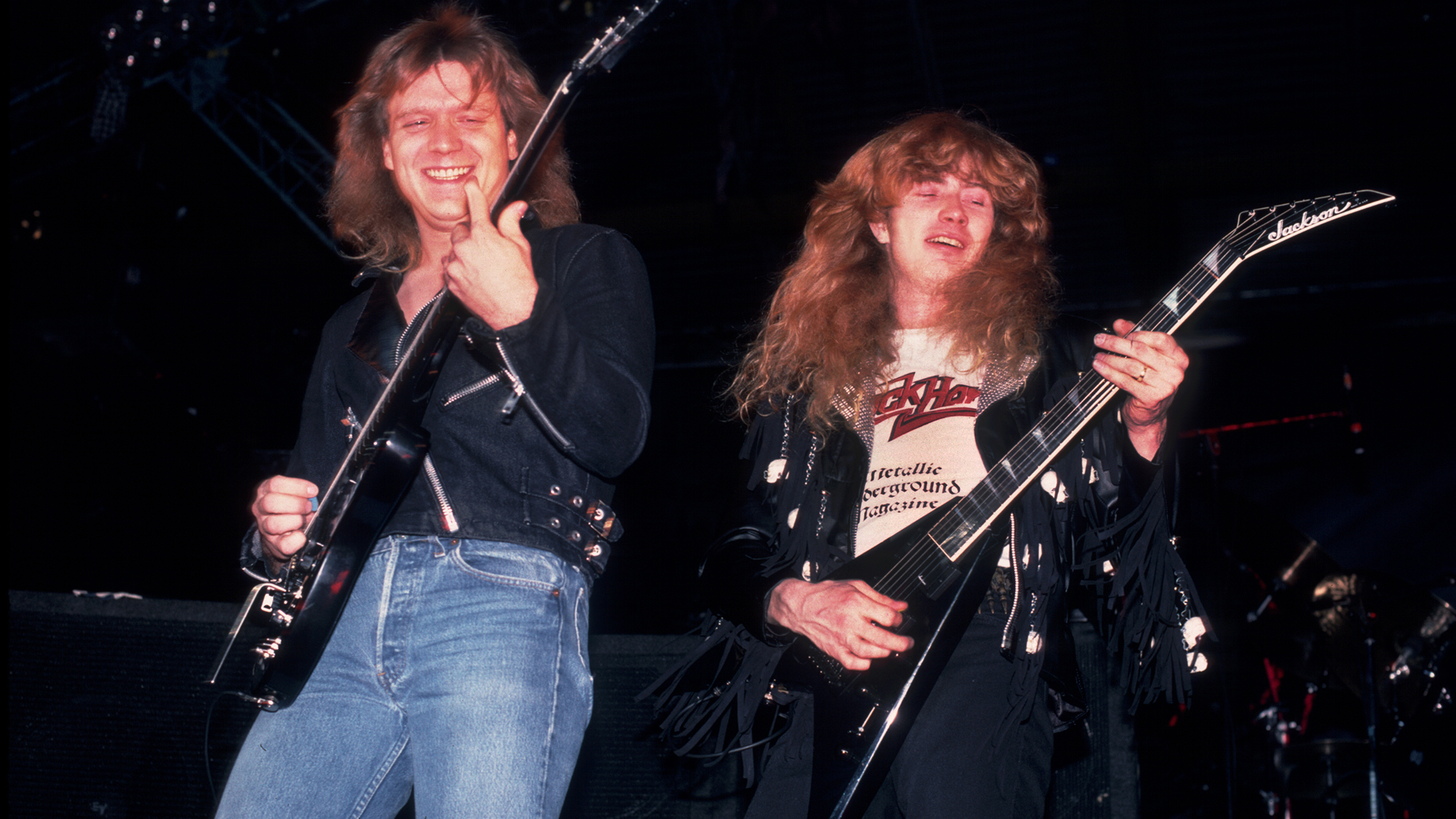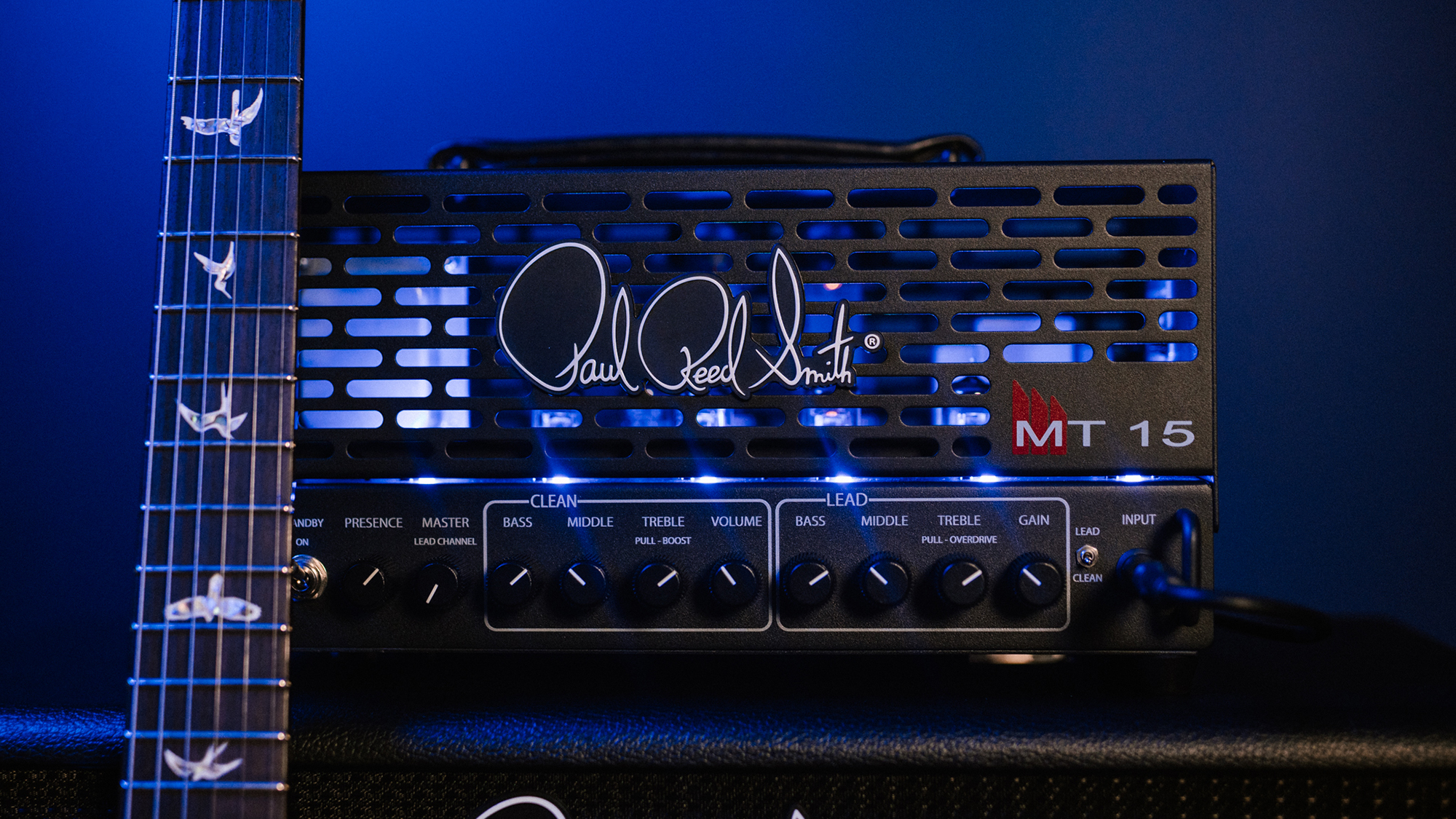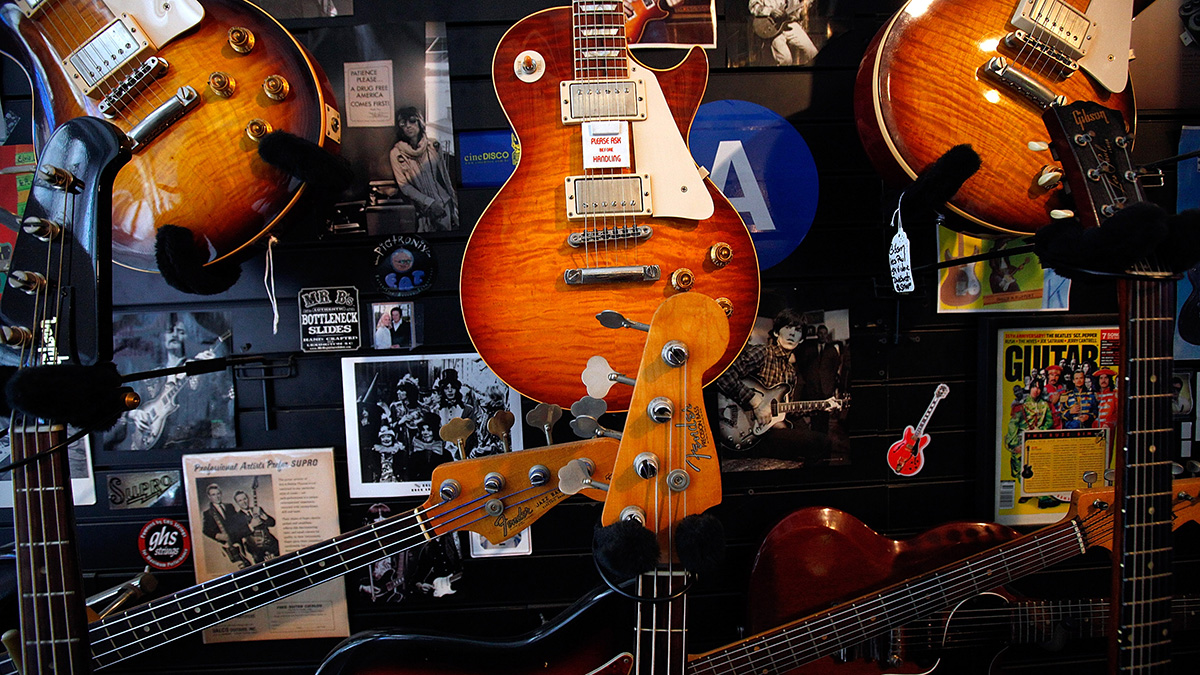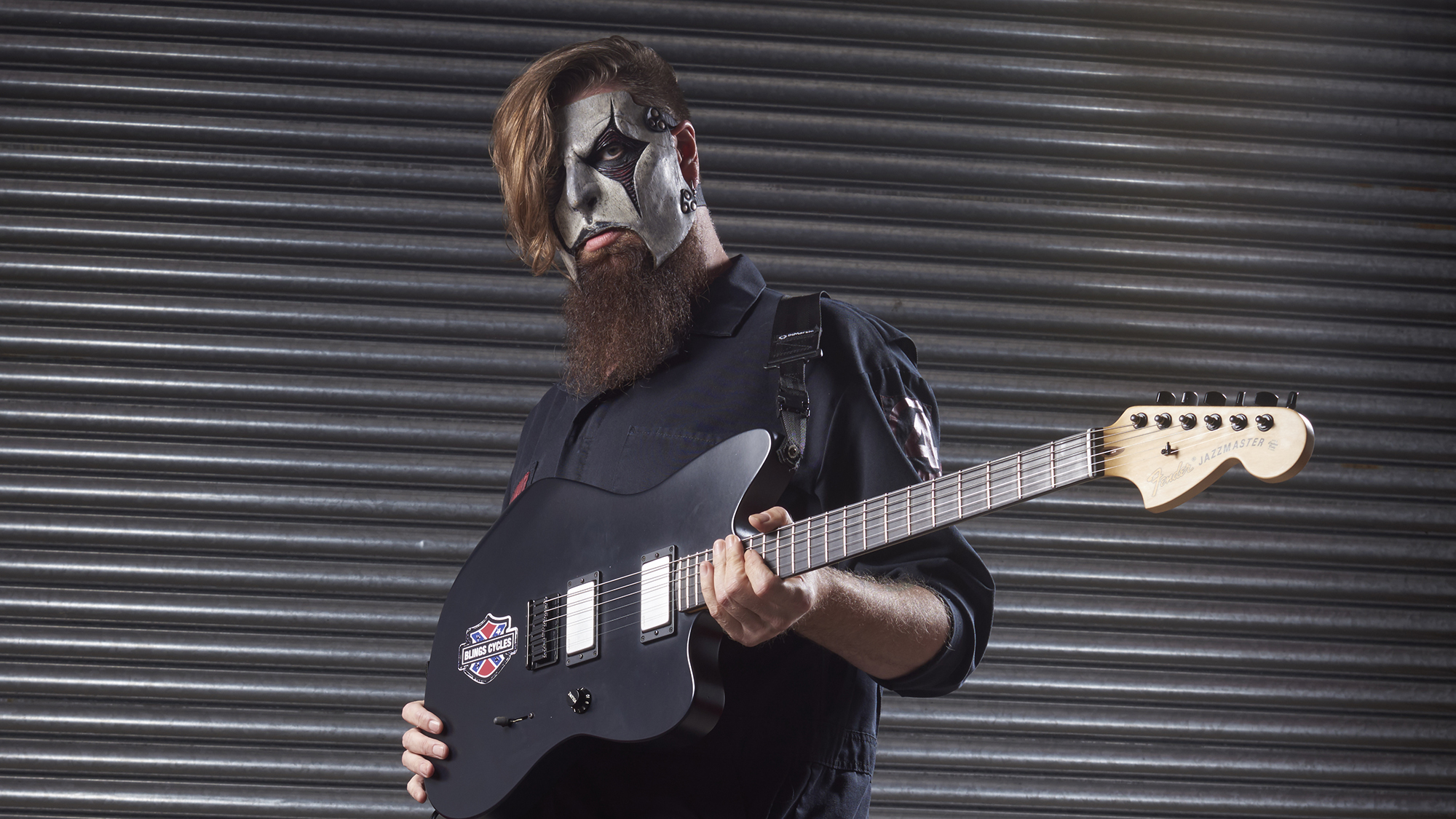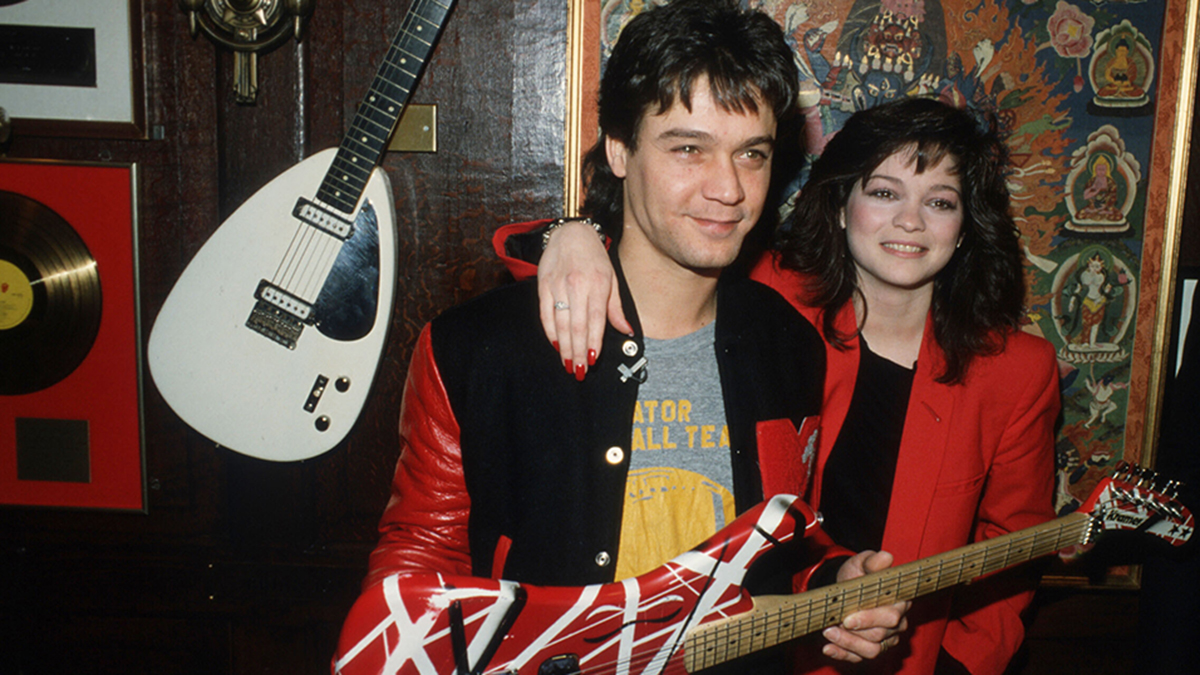
Boutique Finnish guitar manufacturer Ruokangas has debuted the latest version of its innovative Valvebucker guitar pickup, which comes loaded with military-grade triode and pentode NOS tubes.
Now, it’s an innovation that is bound to pique the interests of many tone hounds, but there are some caveats that need to be addressed. First, the Valvebucker Mk2 is not available as a standalone unit, and can only be purchased factory-fitted to a Ruokangas electric guitar or bass guitar.
Second, the additional price for equipping a Ruokangas guitar with the Valvebucker Mk2 might just make the new offering the most expensive guitar pickup ever.
Newly configured for seven-string guitars as well as four- and five-string bass guitars, the Valvebucker Mk2 will add an additional $2,200 to the cost of any Ruokangas instrument.
The closest competitor in our mind is the Seymour Duncan Zephyr humbuckers, which weigh in at $959 per set. Still, that’s less than half the Valvebucker Mk2, and they can be bought as standalone units.
However, it's important to factor in the costs that come with literally building a guitar round a pickup system, as well as the tubes, the additional extras and the expertise required to craft the Valvebucker Mk2.
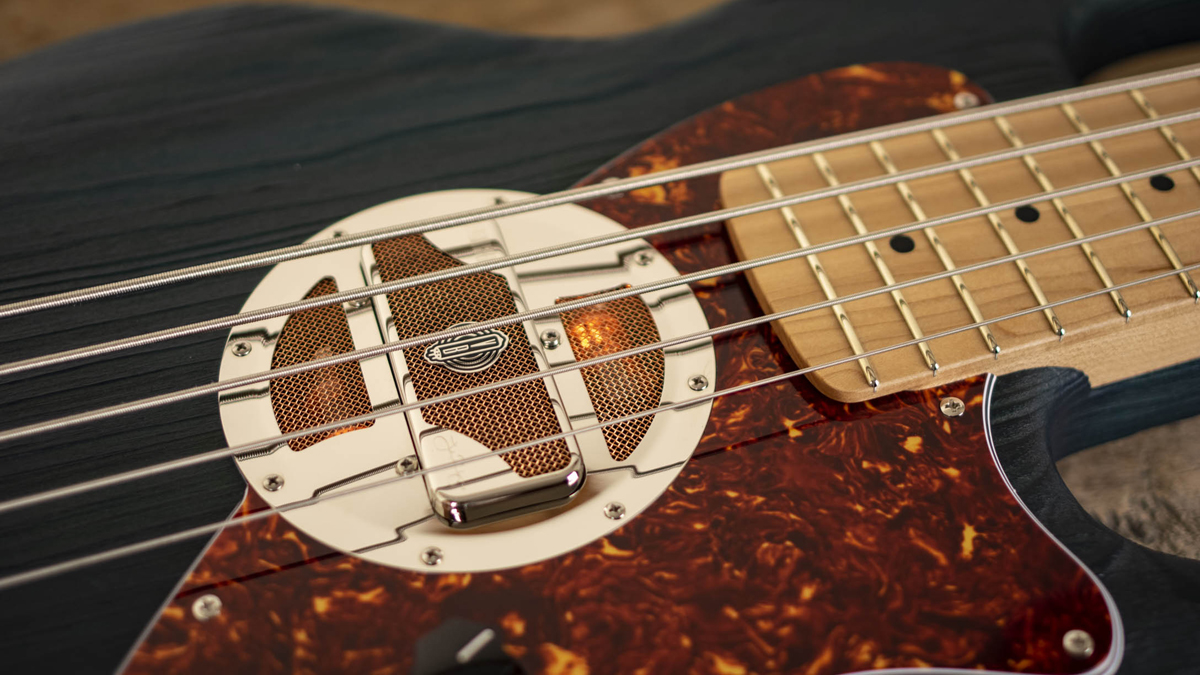
Pricing and availability aside, the Valvebucker Mk2 looks to be every bit as innovative as it sounds. Boasting a tube-powered preamp circuit housed in a sensitive magnetic pickup capsule, the unit vows unprecedented levels of high fidelity and a diverse range of different sounds.
Get The Pick Newsletter
All the latest guitar news, interviews, lessons, reviews, deals and more, direct to your inbox!
In operation, the Valvebucker uses relatively low voltages in order to make use of “sweet spots found from outside the typical operational points of vacuum tubes”, and works alongside a floor unit that connects to the guitar via an XLR cable.
The new-and-improved iteration also boasts a new visual aesthetic, as well as a redesigned floor unit that features a balanced output for DI box compatibility.
Control-wise, the electric guitar version features standard Volume and Tone controls, as well as two toggle switches, one of which triggers a six decibel boost. The other is a Mode switch, and flicks between Punch, Mellow and Full Spectrum sounds.
The bass guitar version, meanwhile, simply features knobs for Focus, Volume, Treble and Bass.
As per Ruokangas’ website, “The Valvebucker will respond to your slightest whisper and loudest scream, channeling your passion to your audience with greater dynamic capacity than any other electric guitar pickup.”
When the first Valvebucker arrived, company founder Juha Ruokangas commented, “The truth is, the world doesn’t need more guitars. There’s already so much. What a liberating thought – it has freed me to explore the unknown – new soundscapes and perspectives.
“That’s what the Valvebucker is about – it sounds unlike anything else,” he continued. “Most people will never want or need it. But those few whose lives the Valvebucker will change – you make it all worthwhile.”
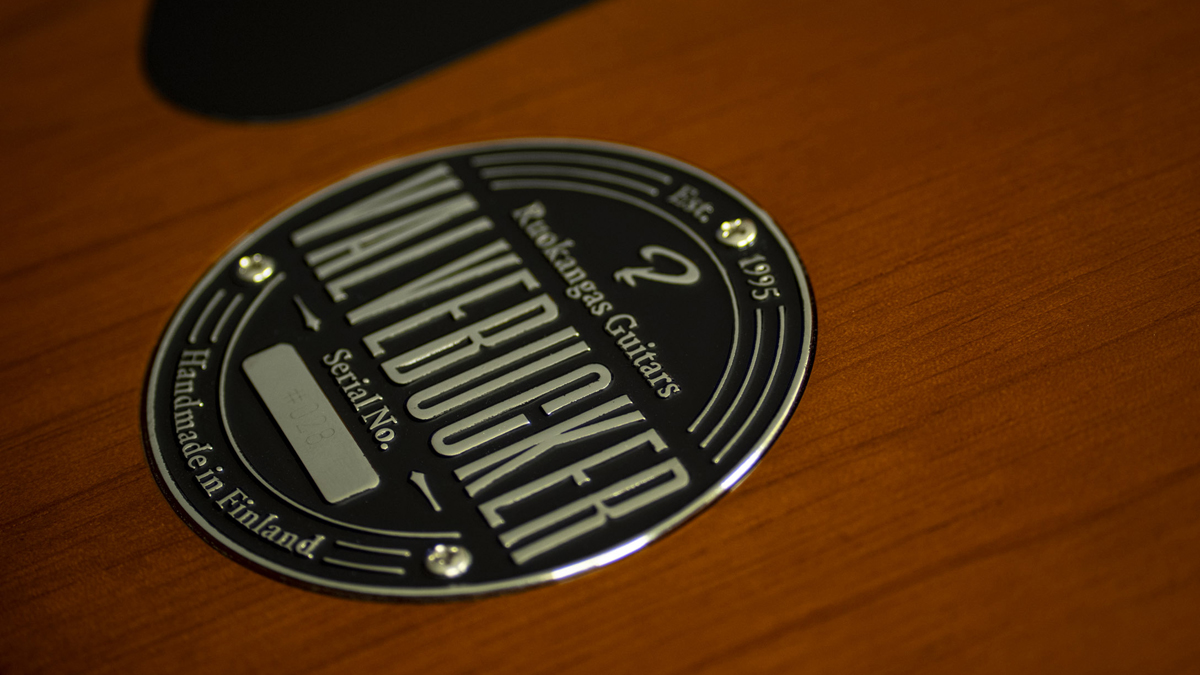
One guitarist who has made the leap to Ruokangas guitars is Sonny Landreth, who noted, “This pickup/system is unique and doesn’t sound like anything else.
“If I had to sum it up with one word, it would be smooth, as the Valvebucker is the smoothest sounding pickup I’ve ever experienced. It kind of reminds me of the difference between vintage Neve and SSL consoles of the day.”
For more information, visit Ruokangas.
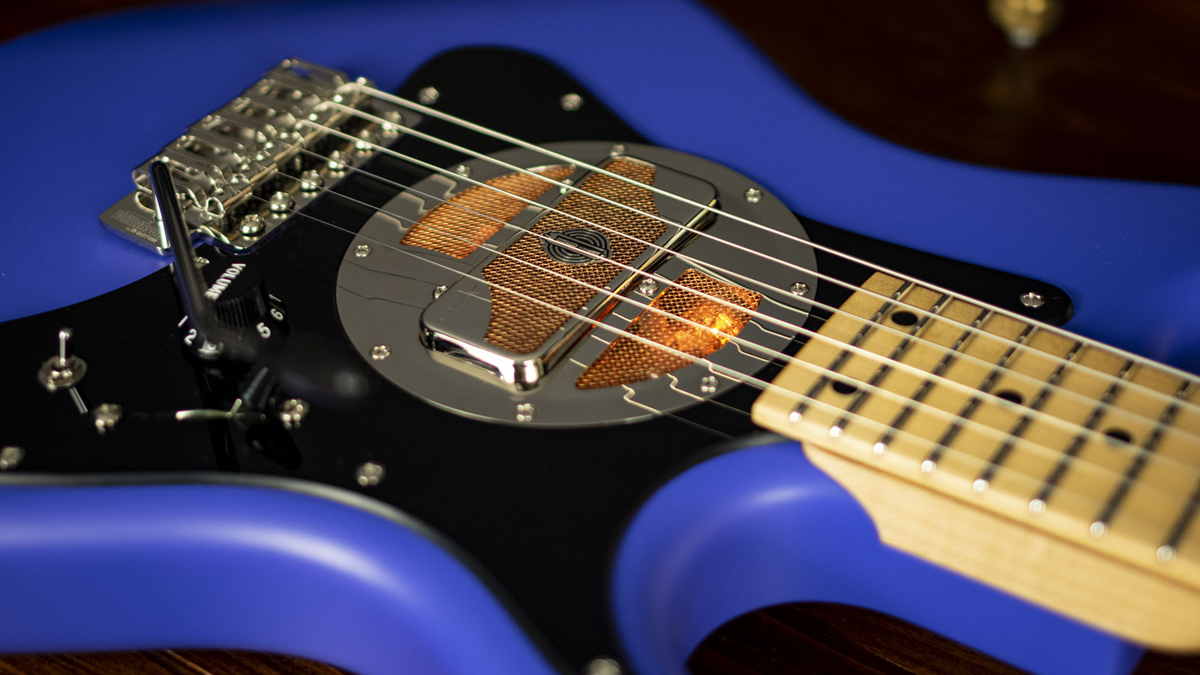

Matt is the GuitarWorld.com News Editor. He has a Masters in the guitar, a degree in history, and has spent the last 16 years playing everything from blues and jazz to indie and pop. When he’s not combining his passion for writing and music during his day job, Matt records for a number of UK-based bands and songwriters as a session musician.
“Classic aesthetics with cutting-edge technology”: Are Seymour Duncan's new Jazzmaster Silencers the ultimate Jazzmaster pickups?
“We’re all looking for new inspiration. Some of us have been playing humbuckers for a long, long time”: Are we witnessing a P-90 renaissance? Warren Haynes has his say

